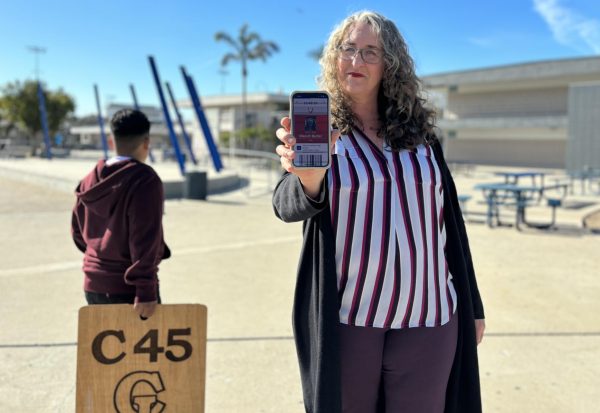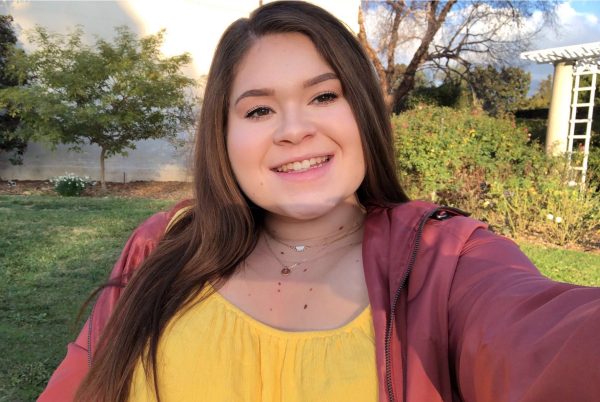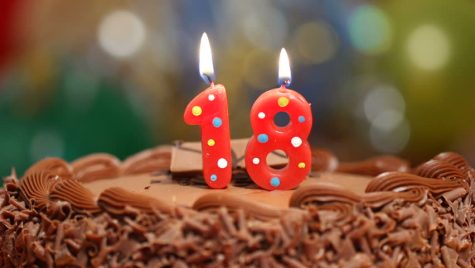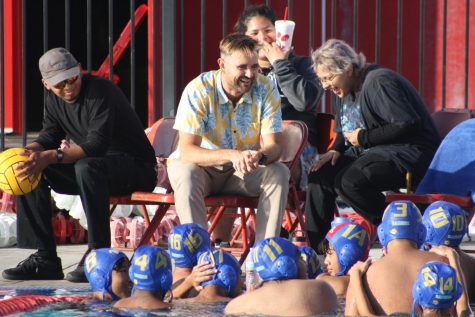The science of love
Love over the years has become such an intricate and debated topic. What is love? How do we know that one is truly in love? Is love simply something humans made up to give themselves hope? And after a break up, it feels as if the heart has been ripped out, thrown onto the ground, and stomped on by twenty linebackers. Break- ups hurt and they leave people scared of falling back in love but despite the fear, we still run back. We sometimes even run back into the arms of that person who hurt us. Or we just fall in love with a whole new person. Love is an intense emotion that brings the best and worst out of the person. It’s also confusing.
An anthropologist at Rutegers University, Helen Fischer, studied love. She proposed that there are stages of love: lust, attraction, and attachment.
The first stage is lust. This is the stage that deals with physical attraction, the drive: sex hormones – estrogen and testosterone. This all creates a craving for physical touch. Men lust quicker than women. After lustful sex, the body is relaxed and is chemically similar to when people take opiates. This is thought to happen so it can create bonding, thus creating a better chance of having a baby and raising it together. People are also unconsciously attracted to the pheromones given off by the immune systems.
The second stage is attraction, most commonly known as the “love- struck” stage. This is when the person can only think about their significant other and nothing else. There are three neurotransmitters involved: adrenaline, dopamine, and serotonin. Adrenaline is what keeps gives people the “butterflies”, its what keeps people up all night talking to their love, and its responsible for all the energy that is put into planning dates. Dopamine makes the feel as if they are in a state of euphoria and as if they are addicted to their lover. When dopamine is mixed with adrenaline, it is an endless supply of enthusiasm for the relationship. But our brain also processes dopamine like an addiction and similar parts of the brain deal with romantic rejection and also cocaine addiction. That is why some people get addicted to love. Ultimately, they get addicted to love. The combination of the three creates a sense of idealization of their lover. This stage usually lasts about two to three years.
The third stage is attachment. This stage is thought to be exist in order for the couple to stay together long enough to raise a child together. This stage is suppose to be calm and suppose to create an emotional union. The two chemicals responsible are: Oxytocin and Vasopressin. Both men and women release Oxytocin but women release more (especially child birth). Oxytocin allows for a bond to be created between the lovers. Vasopressin is also released during physical relations but the part of the brain containing Vasopressin is lit up only when the person is shown pictures of their significant other.
The stages can work together or independently. Someone can be attached to their partner, feel as if they are in love with someone else, and also lust after another person all at the same time. This happens because “we were not built to be happy, but reproduce” (Helen Fisher). Culture, past loves and rejections also play a crucial role in determining the outcome of the stages.
Mr. Kochel, psychology and sociology teacher, believes that love started off like Fisher believes love is for, to have children, but he says that now we seek meaning. “We have created something more of it that at times can be wonderful but can also be unrealistic.” Out of the three stages of love, he sees attraction as the most important because people can learn to be attracted to another they originally weren’t lusting after.
Love will probably always be a great mystery even though it seems as if it happens all day and every day. Since it is such a great mystery, there will always be new theories coming into the light. Scientific or simply a man-made idea love is love and an emotion that is dangerous but yet beautiful.








